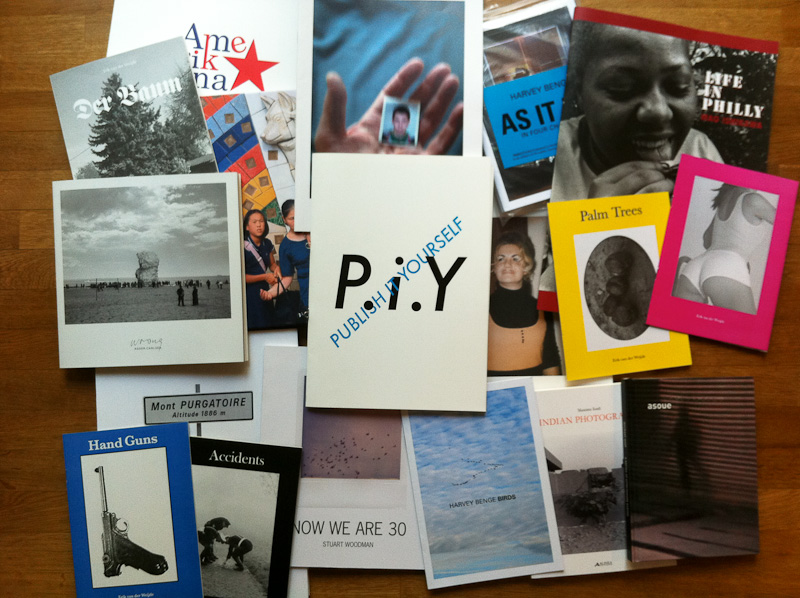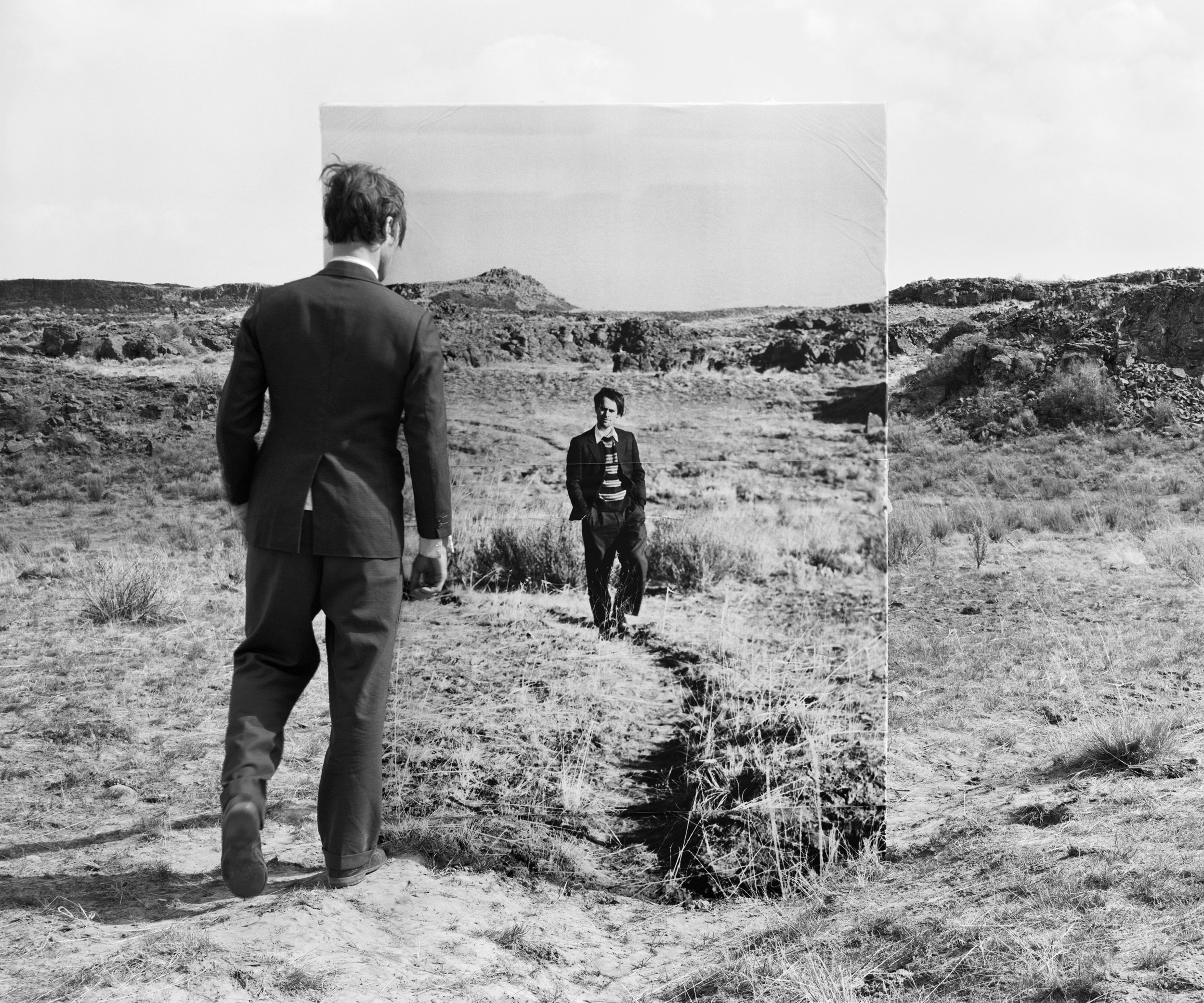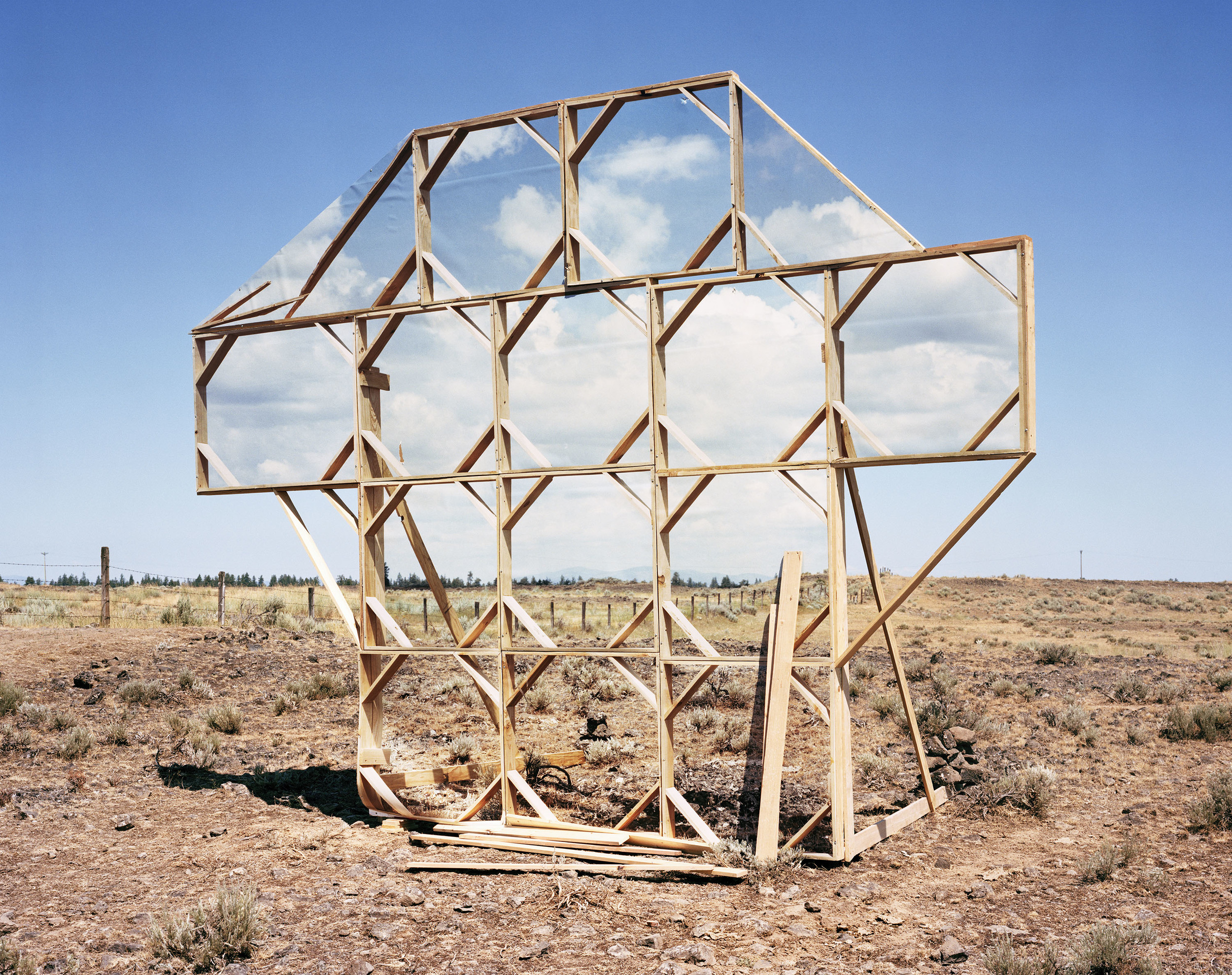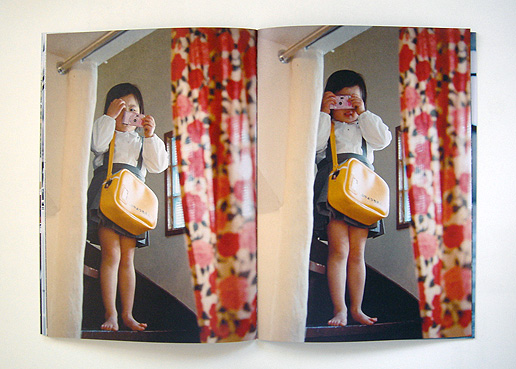 As the year draws to an end and more top-10 lists (and non-lists) than you can wave a stick at make their annual appearance, I thought I would take a broader look back at the past year in photography. This time last year I focused on the chronic over-use of the word curating, a trend which shows no signs of abating. As for 2010, the major development in the world of photography has to be the exponential rise of the self-published and independent photobook.
As the year draws to an end and more top-10 lists (and non-lists) than you can wave a stick at make their annual appearance, I thought I would take a broader look back at the past year in photography. This time last year I focused on the chronic over-use of the word curating, a trend which shows no signs of abating. As for 2010, the major development in the world of photography has to be the exponential rise of the self-published and independent photobook.
This year has seen the launch of Alec Soth's Little Brown Mushroom (LBM actually launched in December 2009, Soth once again proving that he is ahead of the curve), the online listings database The Independent Photobook, the Indie Photobook Library, the Off Print photobook festival in Paris, a big online discussion on the future of photobooks and (perhaps another sign of Soth's prescience) the growth of countless independent publishers like so many little brown mushrooms. This frenzy of activity wasn't only limited to the periphery either: the (deserving) winner of this year's book prize at the Rencontres d'Arles was an independent publisher from Berlin, Only Photography, for Yutaka Takanashi: Photography 1965-74. If there were any doubts remaining as to the importance of this trend in 2010, while writing this paragraph I received an email from yet another freshly-launched website devoted to the self- and independently-published photobook. I think this explosion in 'indie' publishing is a great thing, particularly given what was being said about the future of photobook publishing a couple of years ago. However, although we have learned that publishing it yourself can make you happy, it can also make you very confused, even overwhelmed. It is truly amazing how many photobooks are being made now, far too many for one poor blogger to even begin to get his head around and (surely?) far too many to sell to a very limited pool of buyers. The problem is that only a very small percentage of them are any good. By good I don't mean "containing good photography" but rather good as a stand-alone artwork where the design and production matches, or even enhances the content rather than a brochure for a series of photographs. Not every series of photographs deserves (or is suited) to becoming a book. Hopefully the publishing effervescence of 2010 will give way to a 'more quality less quantity' scenario in 2011.
Another phenomenon that has accompanied this rise in self- or indie publishing is the rise in luxury, super exclusive, VIP, signed, numbered and sealed-with-a-kiss editions. Despite the rise in the number of photobooks being published, only an infinitesimal number of these make any money and publishers are still searching for the winning formula. Rather than the 'limited' print runs of the past (700 to 1,000) it seems that a number of publishers are moving towards deluxe extra-limited editions (100 to 500). To mention just a few examples Germany's Only Photography and White Press are both producing books which will generally set you back at least 80 euros ($100), and in the US Nazraeli Press has completed ten years of its One Picture Book series where (for $150) you get a small original print thrown in with the eight or nine plates in the book itself. One final publishing trend worth noting is the growing number of re-editions of classic photobooks. In addition to Errata Editions' full series of books on books, this year we were treated to a range of re-editions from Takuma Nakahira's A Language To Come to John Gossage's The Pond. Given how much the originals are sell for at auction these days, I'm grateful to be able to get my hands on some classics without having to sell all the other books I own in the process.
And what of photography itself in 2010? Looking beyond the book, this year feels far less exciting. As with the rest of the art world, photography galleries are still gently and nervously probing the market with little space given to new or 'difficult' work, while museums are staying well away from anything risky with big-name blockbuster retrospectives, shows assembled from their own collections (which is not necessarily a bad thing), or shows lasting from 4-5 months instead of 2 or 3. Just as with books we're also seeing the reedition of landmark exhibitions, with the New Topographics show touring the US this year. In terms of museum shows a special mention has to go to two examples of ludicrous censorship: the recent removal of a video by the artist David Wojnarowicz from the exhibition "Hide/Seek: Difference and Desire in American Portraiture" at the National Portrait Gallery in Washington after the Catholic League and members of Congress complained that the piece was sacrilegious due to a sequence showing ants crawling on a crucifix, and the Paris Museum of Modern Art's Larry Clark exhibition which got itself an X-rating from the government and therefore a shed-load of media attention.
On a positive note, a more interesting trend has been the use of Google Street View by several artists as a new photographic tool. Michael Wolf (see the grid below), Doug Rickard and Jon Rafman have produced exhibitions, books and tumblrs of images taken from Google Street View's online tool. This is clearly not everyone's cup of tea and, particularly in street photography circles, there tends to be a "that is not photography" response to this kind of work. Whether you like it or not, it raises a number of interesting and important questions about the way the practice of photography and the hypocritical rules governing it are evolving .
Another technology-related trend has to be the massive growth of online social networking in the photo community. Of course this is a phenomenon that is by no means limited to photography, but it is astounding how quickly Facebook has gone from an interactive high-school yearbook to a major marketing tool (alongside its younger cousin Twitter). Some have even used it as a tool through which to publish a series of photographs steadily over time. I'm not sure how this is going to affect photography (if at all) and others have thought about this harder than I have, but it will be interesting to see where this goes in 2011.
Finally, I get the feeling that there is a bit of a reemergence of street photography going on. With in-public's 10 (review here) and Sophie Howarth and Stephen McLaren's Street Photography Now. This may be because we're all photographers now and the most obvious place to start is the street, or perhaps because people are growing tired of the cold, detached formalism that has dominated recent contemporary photography, or maybe even the fact that the abuse of anti-terrorism and privacy laws is making it more and more difficult to photograph in many of our cities and that street photographer's tend to like a challenge.
To wrap up this look back at 2010 (despite last year's rant) seeing as we all love lists (because we don't want to die), here are a few highlights from the past year in no particular order:
- The opening of LE BAL in Paris and its first exhibition Anonymes
- Discovering Leo Rubinfein's A Map of the East at the Comptoir de l'Image
- The outdoor installation of Michael Wolf's Paris Street View work in Amsterdam
- Meeting the wonderful Mao Ishikawa at Paris Photo
- Erik van der Weijde and Harvey Benge's relentless (and extremely good) book-making
- Completing my first 3-day portfolio review marathon at FotoFest Paris
- Foam magazine's excellent new (and free!) 'What's Next' supplement which takes a look at the future of photography through some very interesting pairs of eyes








